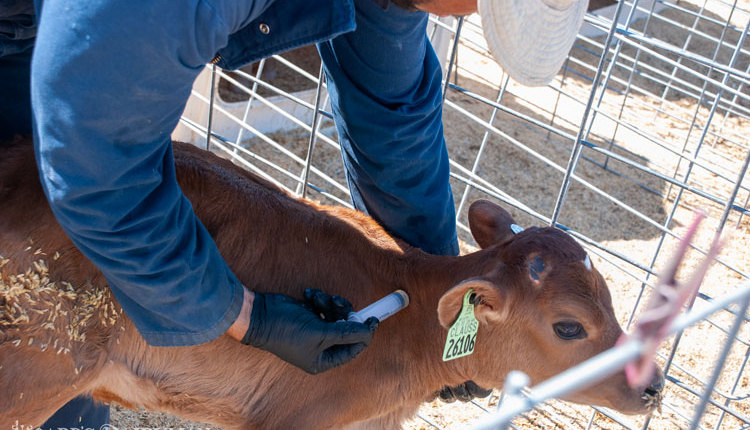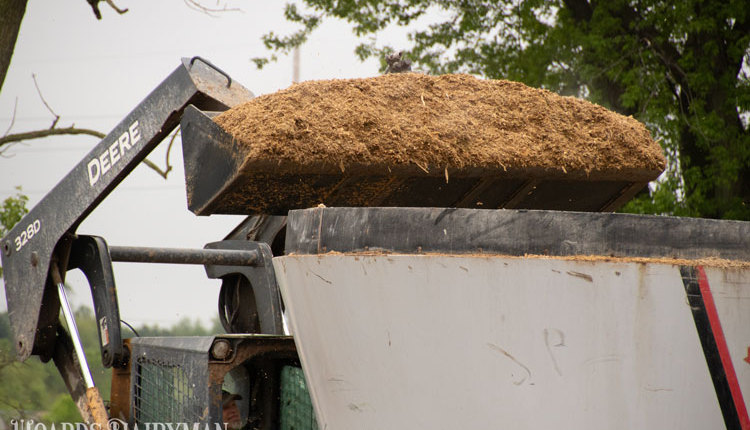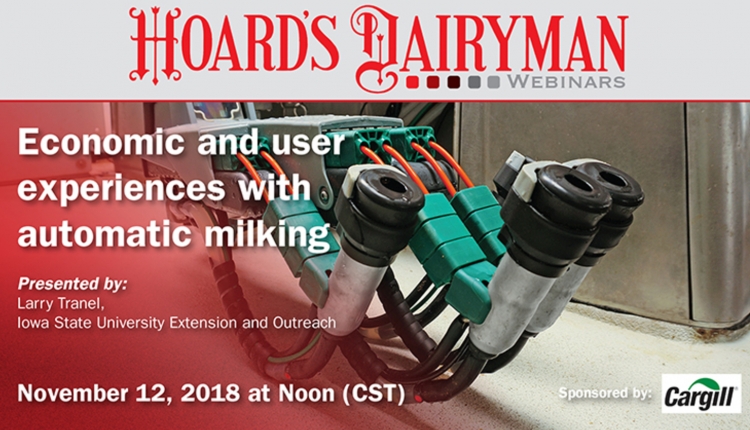
It has often been said, but seldom quantified, that financial success in the dairy business can be attained through a variety of business models. Thanks to a Risk Management Education (RME) Competitive Grant, ISU Extension and Outreach has created a 2015 comparative analysis of the following three MMDF systems. In gleaning more insight to how these dairy farmers manage a variety of dairy systems, we hope to share that success with others.
In this Iowa Millionaire Model Dairy Farm study, we evaluated three systems:
1. Five conventional dairy farms — milking an average of 276 cows and operating 640 acres.
2. Five hybrid grazing dairy farms — milking an average of 185 cows and operating 294 acres.
3. Eleven organic grazing dairy farms — milking an average of 80 cows and operating 289 acres.
Note the small number of herds in each data set may or may not be representative of an average of those types of farms. Also, note that the organic herds are less than half the size of the other business models and could put them at an economy of scale disadvantage when comparing the numbers. Also, these farmers represent the best of the best and are hand-selected farms known to be successful.
Comparing business highlights
Conventional dairy farms tend to house cows in confined freestall facilities. These farms tend to have larger herd sizes and more milk production per cow. At the same time, these farms also experience the lowest milk price. In 2015, all of these above statements held true.
The average of the conventional farms sold 25,877 pounds of milk per cow compared to 17,420 for the average hybrid grazing farm and 11,611 for the average organic farm. Please note that four of the organic farms are “no grain” farms, and three of those farms received a $5 premium for the “no grain” feeding practice on top of the organic milk check and earned their way into the higher profit group.
Cash income. The conventional farms had a cash income of $5,503 per cow with the hybrid grazing farms at $3,807 per cow and the organic farms at $5,179. However, on average, the conventional farms earned the least return per cow, per labor hour, per dollar of assets, and per hundredweight (cwt.) equivalent of milk sold.
The conventional farms had a cash income advantage per cow, better than the organic farms with twice the milk price. It is on the expense side of the equation where the hybrid grazing and organic farms made up the profit difference.
Net farm income. Conventional farms averaged $4,495 of total cash expense per cow compared to the hybrid grazing farms at $2,890 and the organic farms at $2,859 per cow. Net cash income per cow was $1,008 for the conventional farms; $918 for the hybrid grazing farms; and $2,320 for the organic farms. After inventory changes, the conventional farms earned $955 net farm income per cow compared to the hybrid grazing farms at $1,088 per cow and the organic farms at $1,881.
Return to labor. More importantly, after accounting for an equity charge of 4 percent across all assets (whether monies owned or borrowed), the conventional farms had a return to labor of $508 per cow on average relative to the hybrid grazing farms at $627 per cow and the organic farms at $1,173, or approximately double the average of the nonorganic farms.
Still, this doesn’t tell the whole story. From a return to unpaid labor hour standpoint, the conventional farms earned $21.65 per hour; the hybrid grazing farms earned $30.89 per hour, and the organic farms earned $23.55 per hour. This number can be compared to earnings from outside (off-farm) labor markets.
Cost of production. The conventional farms had a milk price of $16.82 per cwt. of milk sold with a cost of $16.18 per cwt. equivalent for a net income of 63 cents per cwt. equivalent. The hybrid grazing farms had a milk price of $17.94 per cwt. with a cost of $16.16 per cwt. equivalent for a net income of $1.78 per cwt. equivalent. The organic farms had a milk price of $36.80 per cwt. with a cost of $32.13 per cwt. equivalent for a net income of $4.67 per cwt. equivalent.
Return to assets. This all-inclusive measure marries the net worth statement and the net farm income statement giving a percent return that can be compared to the outside financial markets. The conventional farms received a 5.89 percent return to assets, while the hybrid grazing farms received a 6.98 percent return to assets, and the organic farms received a 7.34 percent return to assets.
Significant profit advantage
Again, be cautioned this is a small data set.
Also, realize these were relatively low conventional milk prices and high organic milk prices in 2015. But the bottom line is both the hybrid grazing and organic farms had a significant profit advantage in 2015 in respect to the return to unpaid labor hours; the net income per cwt. equivalent; net income per cow; and return to assets.
Labor efficiency seems to be the biggest driver of profits in this data set as well as others done by this author. The returns to unpaid labor hour were highest for the hybrid grazing farms, with milk sold per full-time equivalent (FTE) laborer at 1,186,200 pounds competitive with the conventional farms but three to four times higher than the organic farms per FTE laborer. Hybrid grazing Farms milked 68 cows per FTE versus 48 for the conventional farms and 39 for the organic farms. Hybrid grazing farms had total labor costs per cow at $618 versus $833 for the conventional farms and $1,376 for the organic farms.
The bottom line is that all three systems studied can be profitable. Higher conventional milk prices in the $18 to $22 per cwt. range as we’ve seen in certain years can make conventional farms much more competitive over a period of time. Grazing and organic milk production have proven their point over the past years as being able to be highly profitable.
This article appears on page 7 of the January 10, 2017, issue of Hoard's Dairyman.










